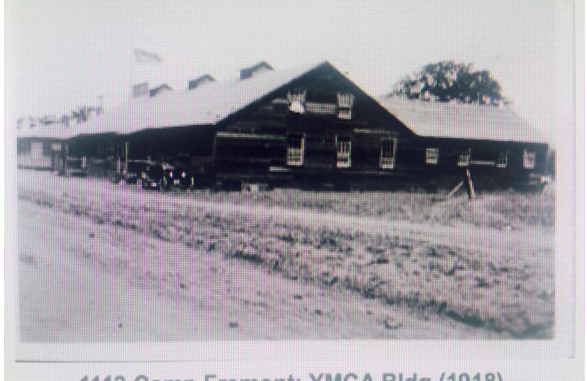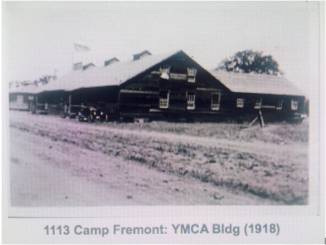
BY EMILY MIBACH
Daily Post Staff Writer
While the future for the Oasis seems dark for now, it’s possible the building that houses the recently closed burger and beer joint and Menlo-Atherton Glass could be deemed historic in both state and national registers — which would keep the building from being razed to become office space.
This is because the building at 241 El Camino Real was built by the YMCA in 1917 as a part of Camp Fremont to train the National Guard units during World War I, according to a report from city Community Development Director Mark Muenzer.
When Camp Fremont was abandoned after the war, in 1920 it was auctioned off and bought by the Beltramo family, the current owners. They moved the building from its former location near what’s now Santa Cruz Avenue to 241 El Camino Real, where it’s been for the past 97 years.
After Prohibition ended in 1933, the family started the Oasis, and leased the operation of the restaurant in 1939, according to a 2013 report on the historical standing of the building.
Rare building
“This building type is now rare. However, the relocation, expansion, and renovations have limited the ability of the building to fully represent its origins. Nevertheless, the building, even in its current form, continues to be linked to this early past in a visual way, and the expansion at the first floor appears to have utilized materials salvaged from the Army base providing a sense of provenance to the extant site. … the building continues to convey an important sense of its historic past, as it has evolved over the last 90+ years,” the 2013 report written by Historic Architect Leslie A.G. Dill, Architectural Historian Franklin Maggi and Public Historian Charlene Duval says.
Muenzer’s report also goes into what the building could host in the future. If a new restaurant serving beer and wine wants to open in the Oasis space, a building permit can be issued along with a permit for an exterior sign.
If a new restaurant that wants to sell hard alcohol wishes to lease the space, it will have to get additional permits.
Anything else that may be proposed for the old Oasis space will have to be carefully considered based on the Secretary of the Interior’s standards for rehabilitation, as evaluated by a qualified architectural historian, according to Muenzer.
City could start historic designation process
While the building is not currently on any historic preservation lists, the planning commission could recommend to the council that the building be designated an historic landmark.
While the building at 241 El Camino likely won’t be changing, its neighbor at 201 El Camino is in the early stages of being redeveloped. According to Muenzer’s report, the owners of that property, who are not the Beltramos, have proposed a 25,000-square-foot-development that will have 17 apartments, 5,095-square-feet of medical office space and parking for 67 cars in an underground garage.




It’s a dump but a lovable dump. Lots of good memories there.
Designate it a historic site, Palo Alto/Menlo Park have a weak enough sense of their history as it is. Enough of this dehumanizing commerical development, that stretch of El Camino is the worst on the Peninsula already.